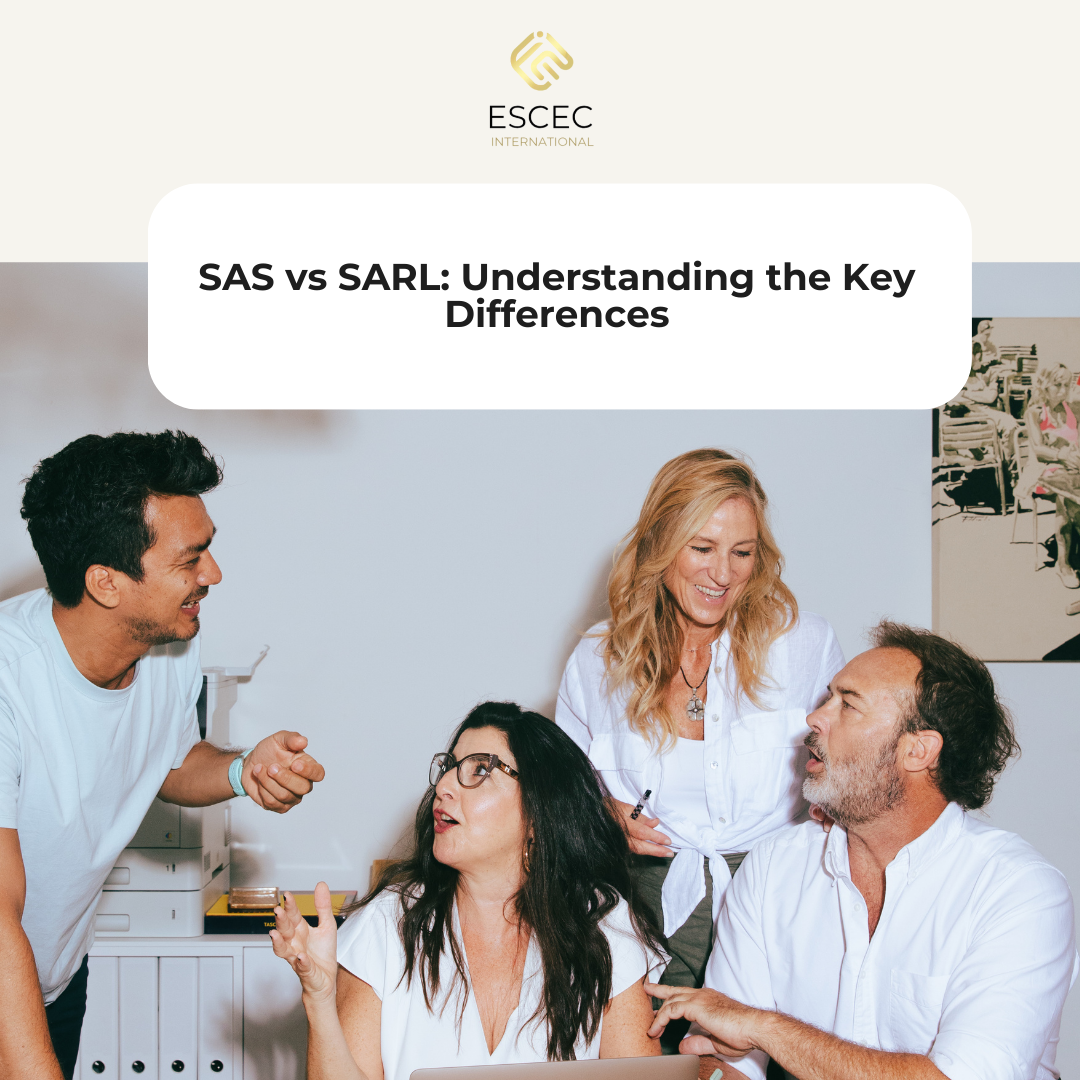SAS vs SARL: Understanding the Key Differences
In France, two of the most common company structures are the SAS (Société par Actions Simplifiée) and the SARL (Société à Responsabilité Limitée). Both offer limited liability protection, but they differ in terms of flexibility, management, and operational requirements.
Minimum Share Capital
An SAS can be created with as little as €1 in share capital, making it accessible for entrepreneurs with limited initial funding. By contrast, a SARL typically requires a higher minimum capital, which can be a barrier for smaller projects.
Number of Shareholders
SAS companies have no maximum limit on shareholders, while SARLs are capped at 100. This makes the SAS more suitable for businesses planning to expand their ownership base over time.
Management Structure
An SAS is led by a president, who may be either a natural or legal person and does not need to hold shares in the company. SARLs are managed by one or more natural persons, offering a more traditional governance model.
Transfer of Shares
Shares in an SAS are generally transferable without restrictions unless stated otherwise in the company’s statutes. In a SARL, share transfers often require the approval of existing partners, which can make entry or exit less flexible.
Taxation
Both structures are subject to corporate taxation, with profits taxed at the company level and again when distributed as dividends. However, social security contributions may vary between the two forms.
Other Considerations
-
SAS structures offer greater customization in their statutes, allowing more adaptable governance rules.
-
SARLs tend to be simpler and less costly to establish and maintain.
-
The SAS, being a relatively modern form, may have less established case law, which could impact dispute resolution predictability.
Conclusion
Choosing between an SAS and a SARL depends on factors such as the intended size of the business, flexibility needs, investment plans, and administrative capacity. A thorough evaluation of your goals and resources—ideally with professional advice—will help determine the most suitable structure.

